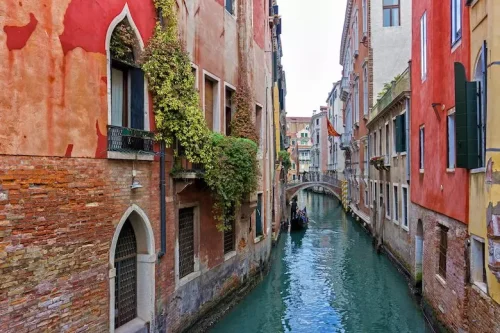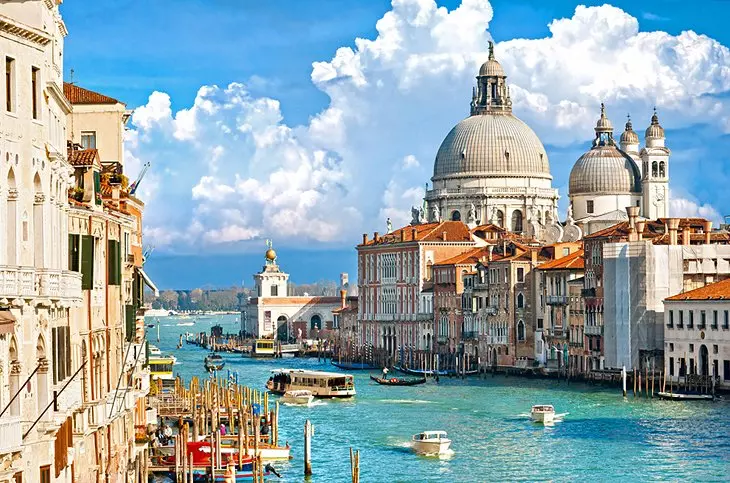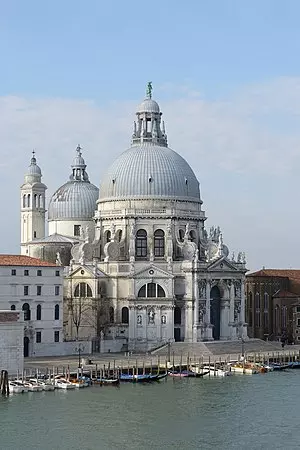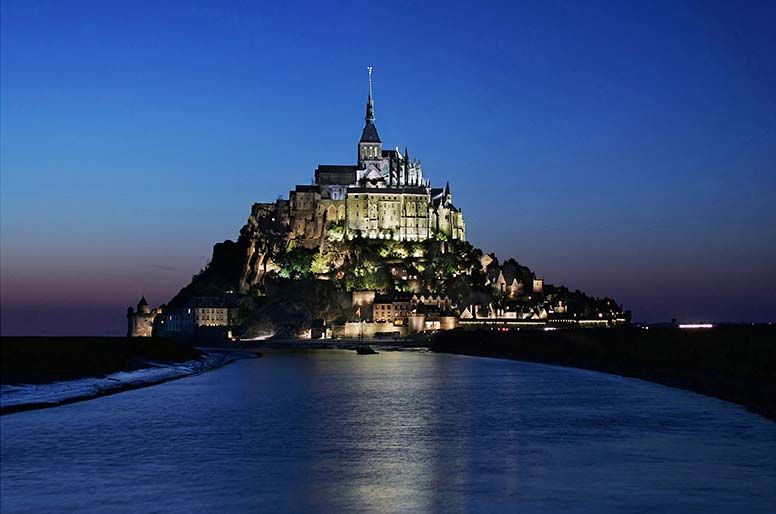Venice Canals: A Journey into the Heart of Italian Dreams
The canals of Venice, Italy are enchanting places that reflect the unique history and culture of this city. During your visit to the canals of Venice , you can enjoy the beautiful architecture and peaceful waterways. Additionally, the canals of Venice are ideal places to spend time by the water and experience the local culture. For more information and to plan your trip, visit the canals of Venice .
The canals of Venice, Italy are enchanting places that reflect the unique history and culture of this city. During your visit to the canals of Venice , you can enjoy the beautiful architecture and peaceful waterways. Additionally, the canals of Venice are ideal places to spend time by the water and experience the local culture. For more information and to plan your trip, visit the canals of Venice .
Venice Canals: A Journey into the Heart of Italian Dreams
The canals of Venice, Italy are enchanting places that reflect the unique history and culture of this city. During your visit to the canals of Venice , you can enjoy the beautiful architecture and peaceful waterways. Additionally, the canals of Venice are ideal places to spend time by the water and experience the local culture. For more information and to plan your trip, visit the canals of Venice .
Where is he?
The Venice Canals are located in the heart of Venice, the regional capital of the Veneto region in northeastern Italy. These canals form a vast network of waterways, allowing movement through the city.
Located on many small islands, Venice relies heavily on its canals for transportation and communication. These canals are known not only as a means of travel, but also as a major tourist destination.
Millions of tourists from all over the world come to Venice every year to enjoy its beauty and the unique opportunity offered by its canals. With more than 400 bridges and many historical buildings lining the waterways, Venice is a top destination for culture and history lovers.
History of the Venice Canals
The history of canals in Venice dates back to the Middle Ages, when Venice became an important maritime and commercial power.
During this period, the construction of canals was developed to facilitate transportation and trade. The canals played a vital role in Venice’s internal and external connections, making the city one of the cultural and economic centers of Europe.
Over the centuries, the canals have become symbols of cultural and artistic importance, with many historic buildings and beautiful architecture built along them, which are still admired today.
Architectural features

The architecture around the canals of Venice is diverse, showcasing a range of different historical styles.
Historic buildings are often built alongside canals with stunning and intricate architectural details, reflecting Byzantine, Gothic, and Baroque styles, each telling a story from different periods in Venice’s history.
One of the most prominent architectural features is the Rialto Bridge, one of the oldest bridges crossing the Grand Canal in Venice. With its classic design and beautiful sidewalk, it is still a tourist attraction.
Nearby landmarks
Venice’s canals offer tourists a variety of nearby attractions, most notably St. Mark’s Square, which is the heart of the city.
With its church and twin bell towers, this square is one of the most visited places in the city. Another nearby attraction is the Doge’s Palace, which attracts visitors with its stunning architecture and rich history, offering a glimpse into Venice’s past.
The Bridge of Sighs is also a prominent site, attracting many visitors with its historical stories and stunning views.
Activities on the canals of Venice

The canals of Venice offer many recreational opportunities. One of the most popular activities is taking a gondola ride, which provides a romantic and relaxing experience among the calm waters of the canals.
Gondola rides are synonymous with Venice and are a must-try activity for visitors. Other than riding a gondola, cycling along the canals is a great way to explore Venice.
Dedicated bike paths allow you to see historic buildings and beautiful scenery without restricting walking, perfect for those who want to explore the city more actively and quickly.
Best time to visit
The timing of your visit to Venice’s canals can greatly affect your experience. The best times to visit Venice are spring and fall, when the weather is pleasant and the crowds are fewer.
During these seasons, the mild climate is ideal for hiking and gondola rides. While summer also provides a suitable visiting window, be prepared for hot weather and larger tourist crowds.
During this time, water activities such as canal walks and gondola rides can be enjoyable, but an early start is recommended to avoid the maximum crowds.
Local Experiences
Visiting the canals of Venice provides an excellent opportunity to experience local food and culture. Traditional restaurants along the canals serve a range of local Venetian dishes such as risotto, pasta and seafood.
Eating local cuisine by the water provides an authentic taste of Venice. The small traditional cafes and places near the canals provide ideal locations to experience the local culture.
These cafes offer more than just coffee; they also provide places to connect with locals and hear their stories about life in Venice.
Travel Tips
For visitors to Venice’s canals, here are some tips to enhance your travel experience. The first tip is to use public transportation such as the vaporetto (water transport) to easily get around the city.
Purchasing a multi-day vaporetto ticket can cut down on transportation costs and make your trip smoother. It is also advisable to plan ahead and decide which sites you want to visit.
Although Venice is small in size, it is full of attractions and cultural sites that take time to discover. Digital maps or mobile phone apps can be used to help with navigation and travel planning.
Pictures and souvenirs
With their stunning views, the canals of Venice provide ideal photography locations to capture intimate moments.
From beautiful bridges to historic buildings along the water’s edge, every corner of Venice offers unique photo opportunities. The best times to shoot are sunrise and sunset, when the natural light beautifully enhances the images.
In addition to photography, buying local souvenirs is part of the Venice experience. From Murano glass to traditional paintings, these souvenirs make special mementos of your trip to the Venetian Islands.
Climate change impact
Climate change has had a major impact on Venice’s canals.
High water levels and recurrent flooding (acqua alta) pose major challenges for this historic city. The damage to historic buildings and urban infrastructure caused by recurrent flooding highlights the urgent need for preventive measures.
Beyond flooding, changes in temperature and irregular rainfall also affect the canal environment and aquatic life. Changes in the Venice Lagoon system can lead to a decrease in biodiversity and threaten native species of animals and plants.
Festivals and Events
Venice hosts a variety of festivals and cultural events throughout the year, attracting tourists with its unique charm.
One of the most famous events is the Venice Carnival, known for its elaborate masks and costumes, bringing an epic and vibrant atmosphere to the city.
The rich history of this festival attracts artists and tourists from all over the world. The Venice Film Festival is another world cinema event that is celebrated annually.
Sustainable tourism experience
Sustainable tourism in Venice plays a vital role in preserving and conserving the environment and preserving the city’s canals.
As the number of tourists increases, the need for responsible management and conservation of natural and cultural resources increases. Choosing public transportation, supporting local businesses, and reducing the use of single-use plastics can help preserve the environment and sustain tourism.
Most tourists can actively participate in preserving the beauty of Venice by respecting local culture and adhering to local rules. Visiting lesser-known places, supporting local artists and craftsmen, and using local services can reduce the pressure on tourist hotspots, providing a sustainable and authentic experience for everyone.








